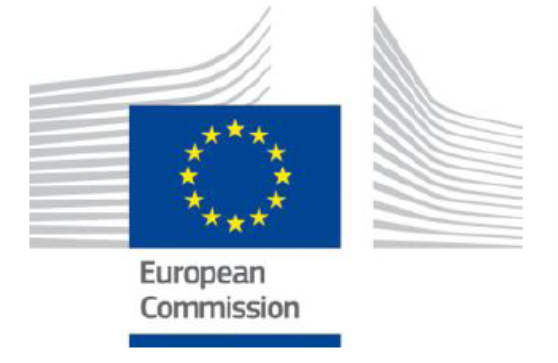European Commission Economic Sentiment Indicator and Capacity Utilisation, January 2024: The European Commission (EC) draws from a range of surveys to construct confidence indicators for five sectors of the economy and uses this to calculate its Economic Sentiment Indicator (ESI). The other point to note is that although labelled as “January 2024” or “Q1-2024”, the data collection period was 1st to 23rd January so the data really refers to December or Q4-2023.
The headline ESI was broadly unchanged in both the EU and the Euro-zone and remains below its long-run average (this is also the base level for the calculation). Within the total, services confidence edged up marginally, confidence was broadly unchanged for industry, retail trade and consumers but fell in construction.
In the industry sector, the stable confidence measure was a balance between an increase in the assessment of stocks of finished products as being too small or below normal, while expectations about production in the coming quarter deteriorated and the current level of order books edged down. Of the other questions in the survey that are not used in the confidence calculation, output over the past 3 months was broadly unchanged and there was an improvement in export order books.
Among the major EU economies, there was a strong improvement in the ESI for Italy, Poland, France and, to a slightly lesser extent, the Netherlands and Spain, but it fell sharply in Germany. As mentioned above, the base level for the ESI is the long-run average and in the latest results, 8 member States have an ESI above 100 – Bulgaria, Croatia, Cyprus, Greece, Italy, Poland (these two are new this month), Romania and Spain, while Malta dropped below the base level this month. The candidate nations also take part in this survey and Albania, Montenegro and Serbia also have an ESI above 100.
As with the CBI survey that we reported last week, this is one of the quarterly reports that gives us data on capacity utilisation. This fell for the 7th quarter in a row for both the EU and the Euro-zone and is now at its lowest level since the end of 2020 (which was, of course, affected by the pandemic).
It is also well below the long-run average (back to 2000) and this position is repeated for almost all of the major countries; the only exception is Italy where, despite falling again in the latest reading, the capacity utilisation measure is still just above the long-run average. The UK reading (from the CBI survey) is furthest below its long-run average, although in our case, it is not seasonally adjusted as it is for the EU countries.
You can download the EC report and statistical annex from their web-site at https://ec.europa.eu/info/business-economy-euro/indicators-statistics/economic-databases/business-and-consumer-surveys/download-business-and-consumer-survey-data/press-releases_en (open the drop down menu for 2024) or you can request it from MTA.
————————————————————
European GDP, 4th Quarter and 2023: The preliminary flash estimate of GDP from Eurostat shows that GDP was unchanged from the 3rd quarter figure for both the EU and the Euro-zone. This follows declines of -0.1% in both areas in the 3rd quarter and, as it stands, means that a recession has been avoided – just!
Based on these estimates, GDP grew by +0.5% in the EU and the Euro-zone in 2023 (seasonally and calendar adjusted). With growth of only +0.1% in the first two quarters of the year, this modest rate of growth is driven by the base effect of the growth we saw in 2022 and if any growth is to be seen in 2024, this will have to come entirely from a pick-up in activity.
This release only has data for 12 of the EU countries and 3 of these – Germany (-0.3%), Ireland (-0.7%) and Lithuania (-0.3%) – saw their economies contract in the final period of 2023; Ireland is the only one of these to have seen a negative value for the 3rd quarter and, therefore, to be in recession but it must be noted that GDP is not a good measure of the Irish economy due to the presence of a number of large multi-national companies who have there headquarters in the country for tax reasons.
Growth in the 4th quarter in Austria (+0.2%) and Sweden (+0.1%) meant that the two-quarter recessions ended in these countries.
For more details, you can download the Euro-indicators report from their website at https://ec.europa.eu/eurostat/news/euro-indicators (30 January).

